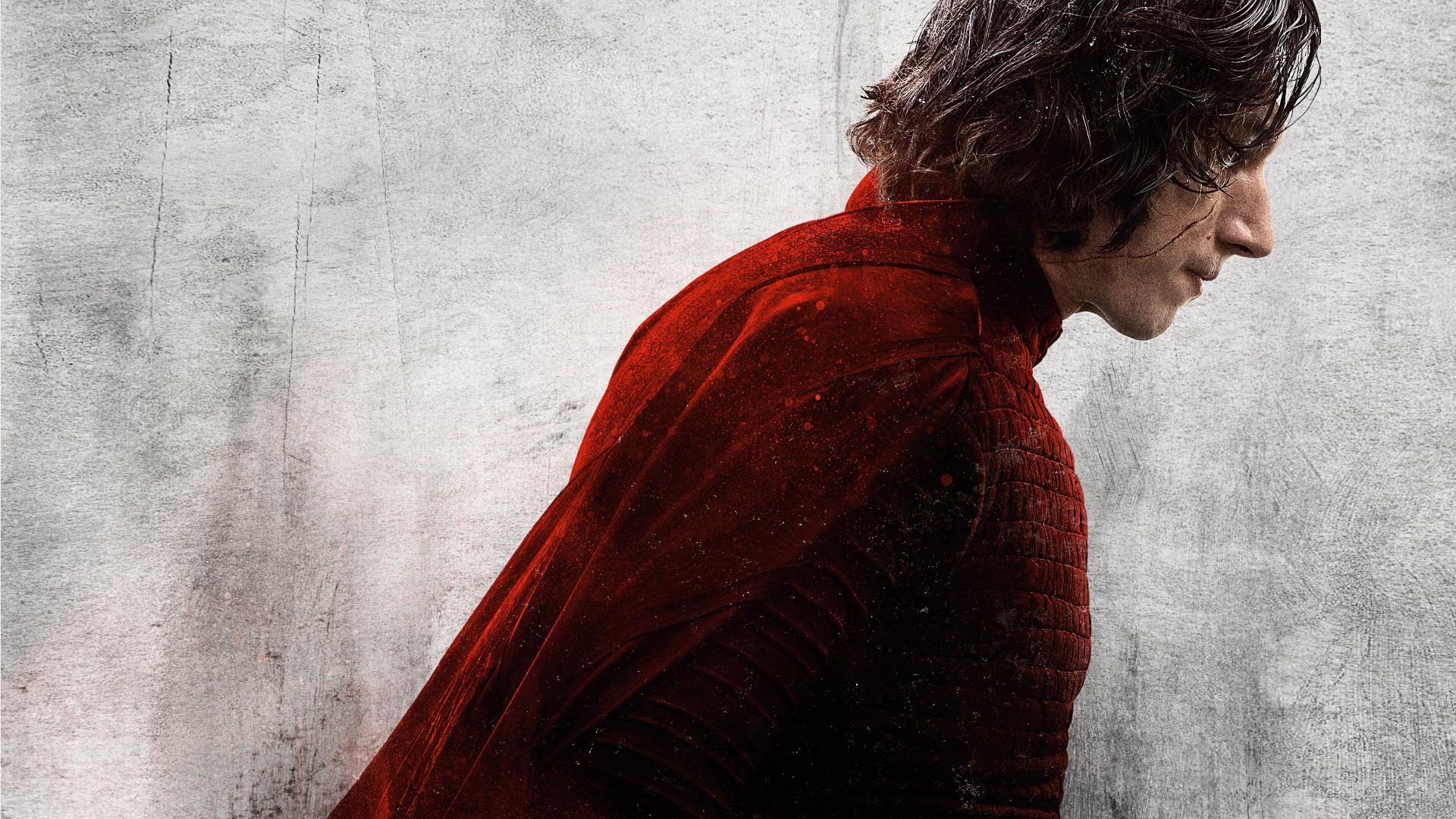I’m not the first person to come out with the hot take that Kylo Ren is a great villain, and I hope I’m not the last. Let’s explore what makes him unique in a sea of soporific summer blockbuster baddies.
Beware that this post contains major spoilers from both The Last Jedi and The Force Awakens.
Note: this was originally just four lessons, but I realized there is an important fifth!

1. Great Villains are Motivated
Too often villains are like Pinky and the Brain with nothing in their pocket but a tube of chapstick and a vague desire to “take over the world.” What makes Kylo Ren different is that we actually understand his motivations.
He’s desperate to differentiate himself from his famous parents, their heroism and ideals choking his individuality like a Vader death grip. He resents Luke for stepping in as a mentor and then turning on him1. He’s anxious for Rey’s approval as someone he sees as an equal, but fears is his better.
All of these motivations are relatable which makes them terrifying – we understand on a human level that no bridge is a bridge too far for this wounded, desperate child in the body of a man2.
2. Great Villains are Sometimes Sympathetic
This is something that most writers have no control over, but the casting of Adam Driver as Kylo Ren is obviously inspired. His physicality is simultaneously hulking and pathetic and in a single silent expression, his eyes communicate a series of like seven nuanced emotions that we immediately, viscerally understand.
But there’s sympathy for Kylo right there in the text, too. When Luke reveals the Rashomon-style alternate ending for his confrontation with Kylo at the Jedi temple, he describes him as “a frightened child whose master had failed him.” Destroying the entire temple and becoming Supreme Leader of the First Order might have been a slight overreaction, but we can certainly imagine how scary and sad that must have been for him, to feel so misunderstood by his own mentor to the point that his mentor had intended to kill him in his sleep.
3. Great Villains are Sometimes Right
The scene when Kylo Ren kills Han is heartbreaking and resonant beyond anything I’ve experienced in the Star Wars universe and in fact beyond most things I’ve experienced in film, period. But it isn’t just sad because a beloved character dies, it’s sad because on some level, we understand why Kylo does it.
There is a point in a person’s life when they have to metaphorically kill their parents (metaphorically, Kylo, not literally) in order to become what they are meant to be. We have to not only leave the nest physically, but learn to reject some of what we were given as children in order to build what we need as adults. Kylo Ren does have to kill Han to become who he is meant to be – he knows it, we know it, and Han knows it too.
Kylo actually articulates this in plain language in The Last Jedi when he says to Rey: “Let the past die. Kill it, if you have to. It’s the only way to become who you were meant to be.” Rey hesitates here because while she realizes they are not on the same side (what a great scene that was!), what he’s saying is actually not wrong. It’s the same sentiment Yoda expresses when he burns down the ancient tree full of Jedi texts. For Rey, it resonates with something Maz said to her with more benevolent intentions in The Force Awakens: “The belonging you seek is not behind you, it is ahead.”
4. Great Villains are Worthy Adversaries
All of the sympathy, motivation, and salient points in the world won’t combine to make a great villain if your villain is not also super powerful and scary. Whether it’s his late night Jedi Skype sessions with Rey, his killing of the all-powerful Snoke, or his epic lightsaber battles, it’s clear Kylo Ren is one of the most powerful beings in the galaxy, even if he is still learning to harness it, like a teen driving a Bugatti with a learner’s permit. He is very nearly Rey’s equal, and there’s a sense that as he grows and learns to control his power, he may even grow stronger than her.
This is an area where the series will need to develop Kylo more if he’s to stay a worthy villain. His emo teen antics give him complexity now, but as Rey grows into her power, he will also need to grow into his.
5. Great Villains are Redeemable (Even If They Choose to Not Be Redeemed)
So much of what makes Kylo fascinating and sympathetic is the ever-present possibility that he could still be redeemed. There may be good in him somewhere and as an audience, we’re invested and in suspense to see if he’ll find it, or if someone will bring it out. When I think of many great villains from television, this redeemability is a common theme, a constant sense that this character could still choose to leave the Dark Side (whatever that looks like in their particular story world), and rather than simply wanting them defeated, we hope against hope that they will.
***
You can now like this page on Facebook! Click the “Following” dropdown and select “See First” and “Notifications On” to get notified of new posts.